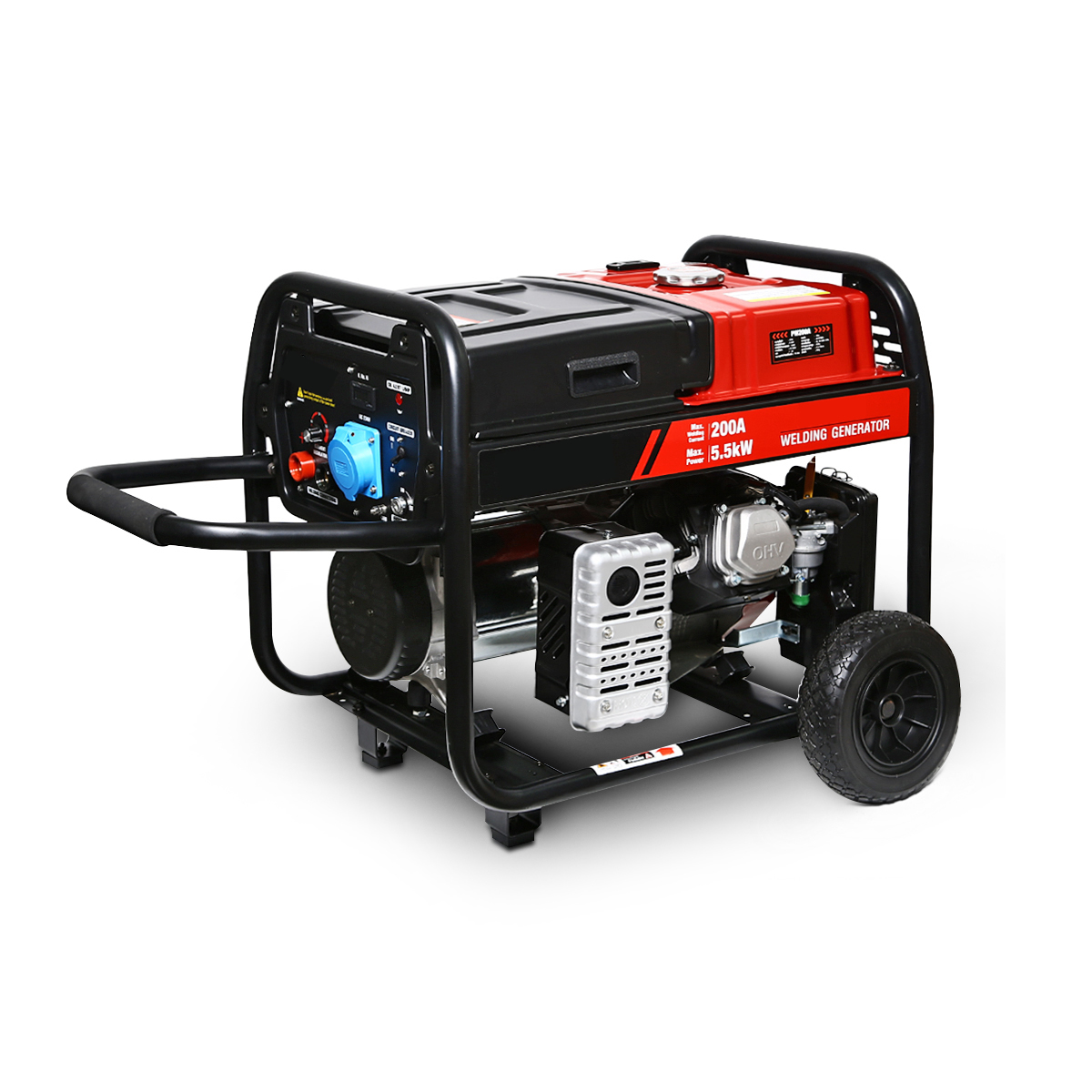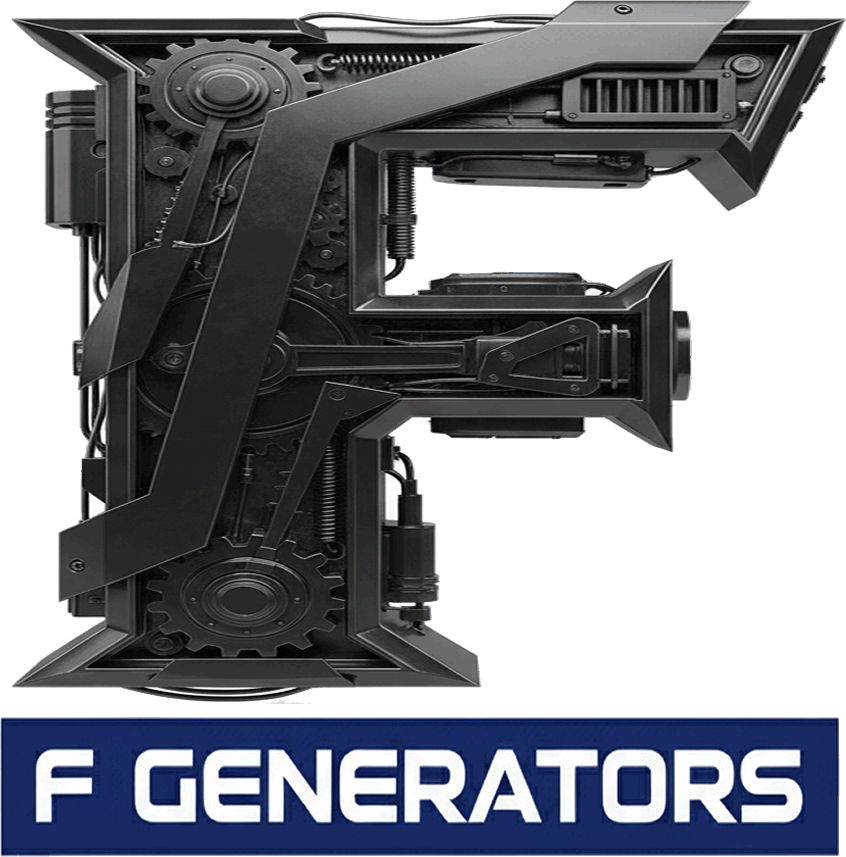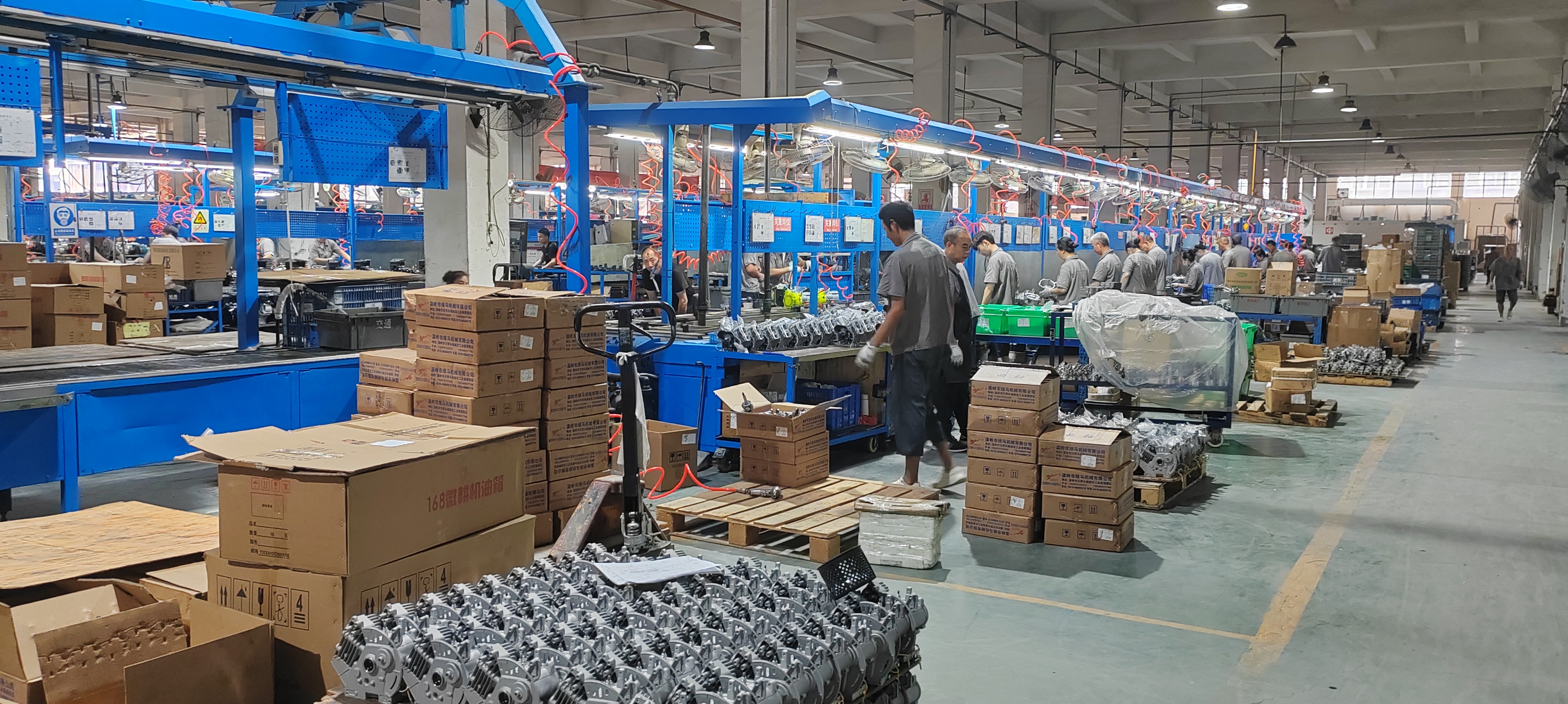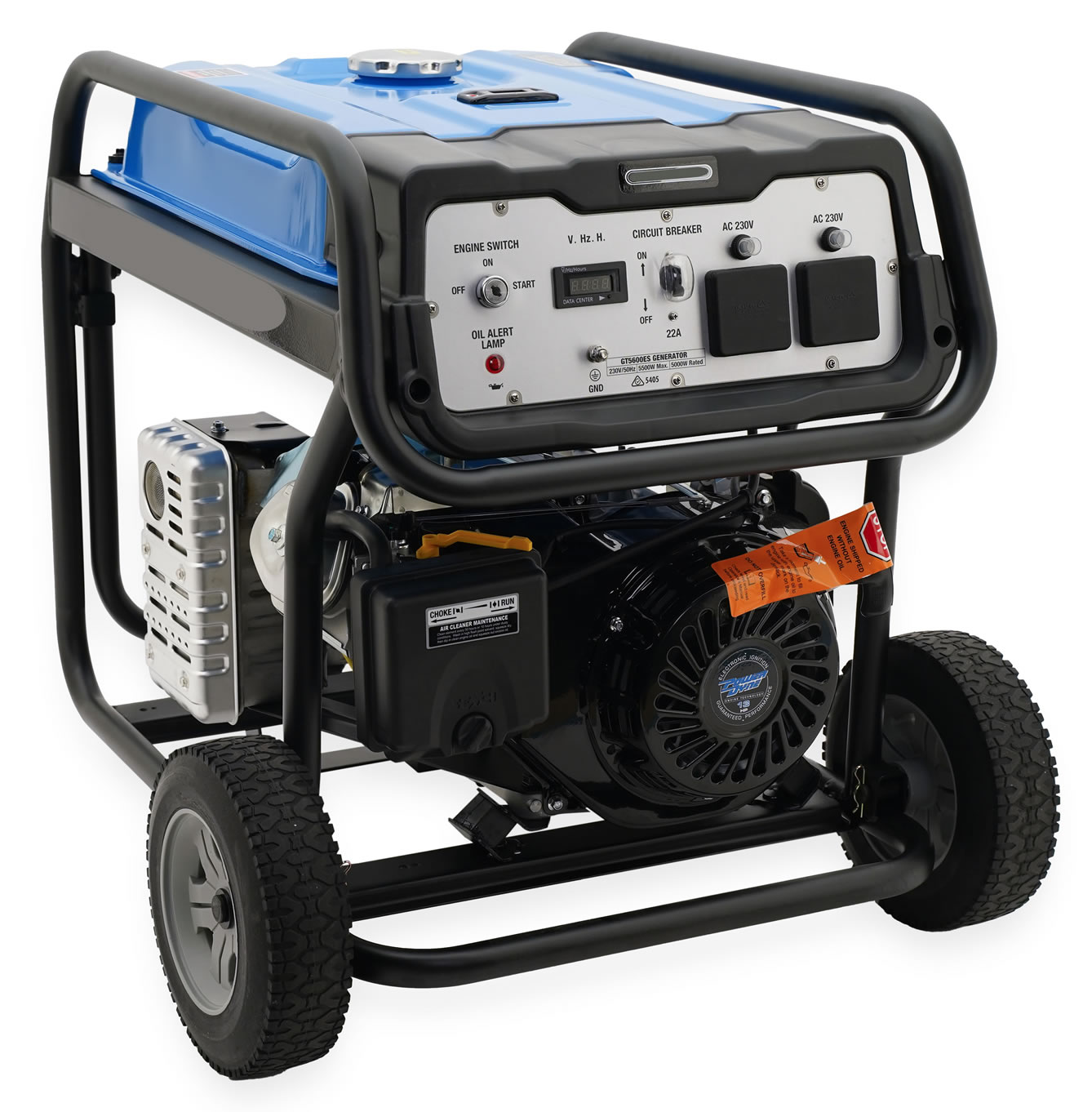Beyond the Spec Sheet: The Factory Audit Secrets That Define a World-Class Generator Manufacturer
A Guide to Factory Audits: What to Look for in a China ChongQing Generator Factory

There’s a moment of truth in our industry, a defining point that separates the reliable from the risky. It’s not found in a glossy brochure or on a polished website. It’s not even in the smooth, reassuring purr of a demo unit running under no load. The real moment of truth happens on a vast concrete floor, amidst the sharp, clean scent of machine oil and the electric tang of ozone, all under the stark, honest glare of high-bay lights in a generator factory. This is the crucible. This is where paper promises are either forged in fire, steel, and copper, or they dissolve into the discordant noise of a chaotic, corner-cutting production line.
You’re holding a spec sheet. It’s a clean, orderly document filled with reassuring numbers: kilowatt ratings, decibel levels, fuel consumption curves. It is, however, just a piece of paper. And you are not in the business of buying paper. You are in the business of buying confidence. You’re securing a covenant of power, the absolute certainty that when the city grid falters, when the storm of the century hits, when the entire project’s success hinges on continuous power, your chosen source will not fail you. It cannot fail you.
This is why a factory audit is not a mere formality on a pre-purchase checklist; it is a pilgrimage to the heart of your investment. It is the only way to truly look past the veil of marketing and gaze into the soul of the machine you are about to stake your reputation, your finances, and your safety on. Anyone can assemble a generator from globally sourced parts. But only a true, dedicated generator manufacturer can build an enduring legacy of reliability.
After decades spent walking these floors, from the sprawling automated giants to the specialized boutique workshops, I can tell you this with unwavering conviction: the most critical details are never on the standard checklist. They are in the air you breathe, in the rhythm of the work, in the culture that permeates the very walls. This is the definitive guide to finding them.
Part 1: The Pre-Flight Check – Preparing for a Meaningful Audit
Before you even book your flight, the most crucial phase of your audit has already begun. Showing up unprepared is like navigating a labyrinth without a map; you’ll see the sights, but you’ll miss the secrets.
The Document Inquisition: Long before you see the machines, you must see the paperwork. Request a comprehensive document package. This includes business licenses, quality management system certifications (ISO 9001 is a baseline, not a badge of honor), and any specific product certifications (CE, EPA, etc.). But go deeper. Ask for internal quality reports from the last six months. Ask for records of their own audits on their key component suppliers. A factory that hesitates or refuses is waving a colossal red flag. A confident manufacturer will be proud to demonstrate their commitment to process.
Crafting Your Personal Supplier Audit Checklist: A generic checklist is a starting point, but it’s woefully inadequate. Your checklist must be your sword and shield, tailored to your specific needs. Are you buying for a hospital? Your list must be fanatically focused on redundancy, transfer switch compatibility, and ultra-rigorous testing protocols. For a construction site? Durability, enclosure ruggedness, and ease of maintenance are paramount.
Your checklist should be divided into sections: Quality Management Systems, R&D Capabilities, Supply Chain Management, Production Process Control, Testing & QC, and Post-Sales Support. Under each, write specific, open-ended questions, not just boxes to tick. Instead of “Check for load bank,” write, “Describe your full load bank testing procedure for a unit of X kW, including duration, load steps, and data points monitored.” The quality of their answers will reveal everything.
Part 2: The Heart of the Matter – On the Factory Floor
Now, you walk the floor. Engage all your senses. The factory will speak to you if you know how to listen.
Section 2.1: The Genesis – Raw Material Purity & Supplier Vetting
The story of your generator begins long before assembly, in the raw, unformed materials. A magnificent design built with substandard steel or impure copper is a ticking time bomb.
- The Inbound Interrogation: Look for the inbound quality control (IQC) station. Is it a forgotten corner of the warehouse, or is it a clinical, lab-like environment? You should see technicians with calipers, micrometers, and even more advanced equipment like a spectrometer for verifying metal alloys. Ask them to show you the rejection tags. A pile of rejected components is not a bad sign; it is a fantastic sign that their screening process is working.
- Copper and Steel: The Twin Pillars: For the alternator, the heart of the generator, the purity of the copper windings is non-negotiable. Ask directly: “Is this 99.9% pure copper? Can you show me the certificate of conformity from your supplier?” For the engine block and chassis, ask about the grade of steel. Is it cheap, recycled metal, or a certified structural grade designed to withstand decades of vibration and torque? The robust frames on a King Kong Power generator, for example, are a direct result of an uncompromising policy on steel sourcing.
- Supplier Audits: This is a master-level question: “How do you audit your key suppliers?” A great factory doesn’t just trust their suppliers’ certifications. They visit them. They perform their own audits. They understand that their final product is only as strong as the weakest link in their entire supply chain.
Section 2.2: The Pulse of Production – The Choreography of Assembly
Now, move to the assembly line. This is where design, materials, and human skill converge.
- The Rhythm of a Line: A world-class assembly line has a palpable flow, a rhythm. You see it in the efficient, deliberate movements of the technicians. Tools have designated places on shadow boards. Components arrive at each station just-in-time (JIT), not piled up in messy heaps. Contrast this with a chaotic line: workers scrambling for parts, tools scattered, and a general air of rushed confusion. This chaos inevitably finds its way into the final product as loose bolts, chafed wires, and missed connections.
- The Science of Torque: Look for the torque wrenches. In a top-tier factory, these are not ordinary hand tools; they are precisely calibrated instruments. Ask to see the calibration logs. An improperly torqued cylinder head bolt or a loose engine mount can lead to catastrophic failure. Modern factories, like those that produce for a brand like F generators, often use DC electric torque tools that digitally record the exact torque applied to every critical fastener, linking it to the unit’s serial number. This is accountability made manifest.
- The Wiring Harness: The Nervous System: Pay close attention to the wiring. In a lesser factory, you’ll see a “rat’s nest” of wires, secured with the occasional zip tie. In an elite generator manufacturer‘s facility, you will see meticulously crafted wiring harnesses. Wires are color-coded, bundled neatly in protective looms, and routed through the chassis in designated channels, well away from hot exhaust components and sharp edges. This attention to detail prevents the kind of intermittent electrical faults that can be maddeningly difficult to diagnose in the field.
Section 2.3: The Crucible – The Unforgiving World of Quality Control & Testing
Any factory can make a generator that runs. Only the best can prove it will run flawlessly under the worst possible conditions. The testing bay, or what I call the “Chamber of Truth,” is where you separate the contenders from the pretenders.
- Beyond the Start-Up Test: The standard “end-of-line” test, where a unit is started and run for five minutes, is virtually meaningless. It confirms only that the unit was assembled correctly enough to start once. Your generator quality control inquiries must go far deeper.
- The Load Bank Gauntlet: The load bank is the ultimate judge. A serious factory will have multiple load banks capable of testing their entire product range. Ask for their standard procedure. It should be brutal. A comprehensive test involves:
- Step Loading: Hitting the unit with 0%, 25%, 50%, 75%, 100%, and even 110% load to test the governor and alternator response.
- Heat Soak: A multi-hour run at 100% load to ensure the cooling system is robust and that no components fail under thermal stress.
- Full Data Logging: Technicians shouldn’t just be watching a dial. They should be using sophisticated software to track dozens of parameters: frequency stability, voltage regulation, oil pressure, coolant temperature, exhaust gas temperature, and more. The uncompromising test protocols for mission-critical suppliers, like those manufacturing for FF-T, often involve custom-programmed test cycles that simulate the customer’s specific and most demanding applications.
- The Torture Chamber: Ask what other tests they perform. Do they have a rain chamber to test the water-tightness of their enclosures (IP rating verification)? A noise-testing chamber (an anechoic chamber) to validate their sound-level claims? A tilt table to ensure the engine’s lubrication system works at an angle? A cold chamber to guarantee starting performance in freezing climates? The presence of this “torture equipment” demonstrates a profound investment in and commitment to product reliability.
Part 3: The Soul of the Operation – People, Vision, and Conscience
A factory is more than machines and processes. It’s a living organization with a culture, a vision, and a conscience. These intangible factors are the most powerful predictors of a successful long-term partnership.
Section 3.1: The Visionaries’ Lab – A Culture of Innovation (R&D)
Is this factory simply copying yesterday’s designs, or are they building tomorrow’s solutions? Step away from the main floor and visit the engineering and R&D department.
- Investment in the Future: Look for signs of genuine innovation. Are they using modern 3D CAD and simulation software (like Finite Element Analysis for stress testing and Computational Fluid Dynamics for optimizing airflow)? Do they have a prototyping lab with 3D printers and CNC machines?
- Forward-Thinking Technology: Talk to the lead engineer. Are they experimenting with higher-efficiency engines? Developing advanced digital controllers with remote monitoring and IoT capabilities? Exploring hybrid solutions or alternative fuels? A company that is actively solving future problems is a company that is passionate about its craft. This forward-looking mindset is a hallmark of industry leaders like VZ Power, who often pioneer features that become industry standards years later.
Section 3.2: The Human Factor – The Heartbeat of Craftsmanship
Automation is wonderful, but it is the skill and dedication of the people that truly elevates a product from good to great.
- Talk to the Team: Engage with a line supervisor or a QC inspector. Is their posture proud? Do their eyes light up when they explain a process? Or are they disengaged and just going through the motions? A proud, empowered workforce is your single greatest guarantee of quality. They will spot a subtle flaw that an automated camera might miss.
- Training and Turnover: Ask about their technician training and certification programs. A great factory invests heavily in the skills of its people. Also, inquire about employee turnover. A low turnover rate suggests a stable, experienced, and motivated workforce—a team that has mastered the art of building their product.
Section 3.3: The Conscience of the Company – Safety and Sustainability
Never underestimate this. A factory that is careless with the safety of its own people or its impact on the environment will, without question, be careless with the quality of your product.
- Safety as a Culture: Look for clear safety protocols. Are workers wearing appropriate PPE? Are machine guards in place? Are walkways clear? A clean, organized, and safe factory (look for 5S or similar methodologies) is a disciplined factory.
- Environmental Responsibility: Look for certifications like ISO 14001 (Environmental Management) and ISO 45001 (Occupational Health and Safety). These are not just plaques on a wall. They represent a deep-seated commitment to responsible operation, which is invariably linked to the kind of long-term thinking that builds reliable products.
Part 4: The Final Handshake – From Production to Enduring Partnership
The generator is built. It has passed the tests. But the factory’s responsibility is far from over.
Section 4.1: The Digital Ghost – Traceability as the Ultimate Guarantee
A serial number must be more than a sticker; it must be a key. It should unlock the unit’s entire life story.
- The Traceability Challenge: Give them a challenge. Pick a serial number from a generator in their finished goods area and say, “Tell me everything about this unit.” A world-class factory, using a modern ERP or MES system, should be able to tell you in minutes: the date it was built, the technicians who worked on it, the batch numbers of the engine and alternator, the exact results of its load bank test, and the torque values of its critical fasteners. This digital ghost is the ultimate proof of process control and your ultimate safety net in the rare event of a field issue.
Section 4.2: The Armor – Packaging, Logistics, and the Final Mile
A flawless machine can be rendered useless by careless packaging and shipping.
- Built to Ship: Inspect their packaging station. Is the generator being crated in flimsy, thin plywood or a robust, custom-built crate designed for the rigors of international shipping? Are sensitive components braced? Is the unit shrink-wrapped with a vapor corrosion inhibitor (VCI) to protect it from moisture? Are shock and tilt indicators affixed to the crate? This final step is a clear reflection of how much they respect the product they’ve just so carefully built.
Conclusion: Forging a Partnership in Power
As you conclude your tour, the hum of the factory fading behind you, the entire experience will coalesce into a single feeling. It’s a gut instinct, but one now backed by a mountain of empirical evidence you’ve painstakingly gathered. Did you just visit an assembler of parts, a company merely following a blueprint? Or did you just meet a true partner in power?
The world is filled with factories that can produce a machine that meets a spec sheet. But only a select, elite few possess the deeply ingrained culture of discipline, the unyielding pride in craftsmanship, and the visionary spirit to build a machine that you can stake your entire enterprise on.
The spec sheet told you what the generator can do. Your pilgrimage to the factory, your deep and insightful factory audit, has told you what it will do—reliably, consistently, and without fail—when everything is on the line. Do not simply choose a supplier. Use this knowledge to invest in a partner. Your future, and the continuous power that fuels it, depends on nothing less.




